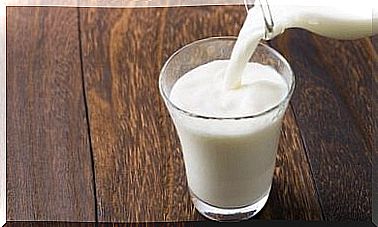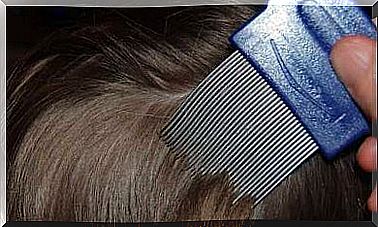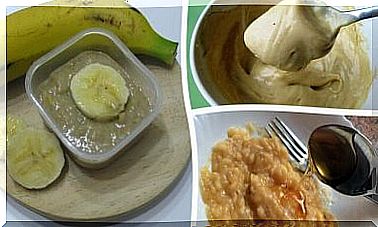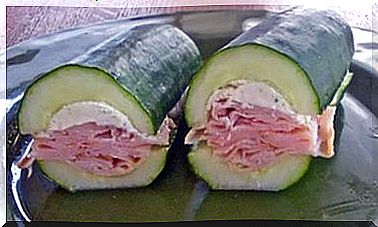What Are Stretch Marks? Understand How Stretch Mark Creams Work
Stretch marks are marks on the skin that develop from the breakage of elastic fibers. Anti-stretch mark creams, although not completely eliminating them, are useful to minimize their appearance.
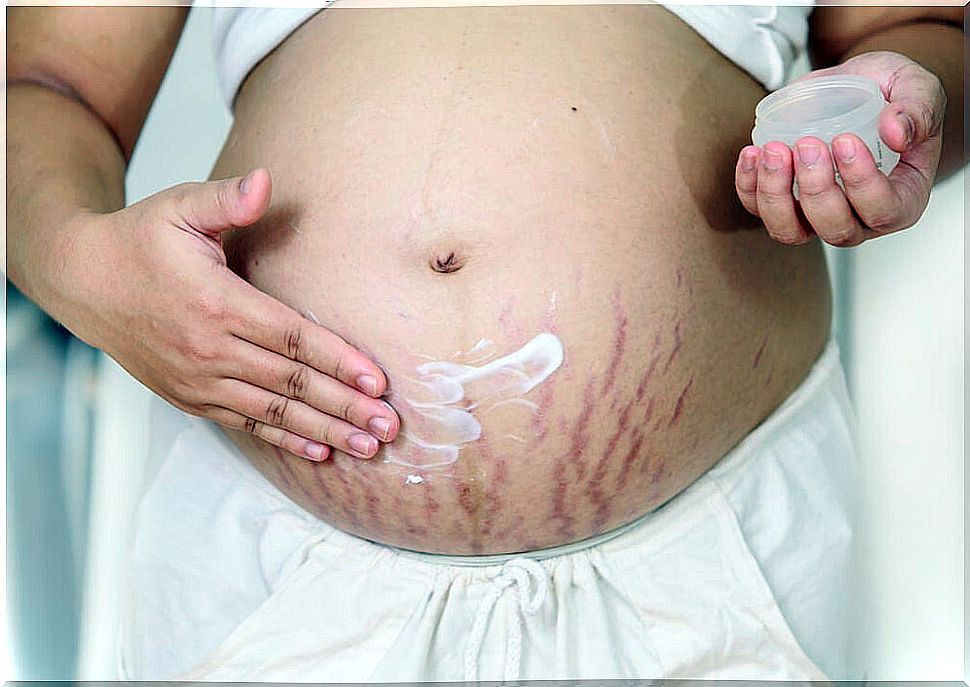
Anti-stretch mark creams are very popular these days. The solution to this aesthetic problem is one of the most requested.
The appearance of stretch marks on the skin is one of the great concerns of women. Although it also affects men, they are the most susceptible to developing them both in adolescence and in pregnancy.
What are stretch marks exactly? How do they fight?
These are white or reddish lines or indentations that usually appear in regions such as the abdomen, buttocks and breasts.
- They occur from excessive stretching or breaking of the skin.
- Which is derived from a weakening of collagen and elastin fibers.
Although they are benign and painless, those who develop them seek to treat them because they consider that they give an unsightly appearance to the skin.
Fortunately, today there are anti-stretch mark creams and professional methods that allow you to significantly minimize them.
What are stretch marks and what are their types?
Stretch marks are irregular areas of the skin that form as small stripes or lines when there is a sudden stretch of the tissue.
They can occur in many parts of the body, especially in those areas that tend to lose their firmness easily.
Two types of stretch marks are distinguished according to their color : the white ones, also called distension stretch marks, and the purple ones, better known as purple stretch marks.
- The white stretch marks: they do not have blood supply and are those that pregnant women usually develop after having the baby. They are also common among those who constantly gain or lose weight.
- Purple stretch marks: if they have blood supply and can be an indication of some pathologies. They almost always occur as a consequence of prolonged use of pharmaceutical corticosteroids.
Why do stretch marks occur?
Stretch marks are the result of excessive stretching of the elastic fibers of the skin.
Its severity varies based on several factors, including genetics, the type of stress on the tissue, and cortisone levels. Cortisone is a type of hormone that weakens elastin in the skin.
They often affect pregnant women due to skin changes. However, they are also common in adolescents and people who experience sudden weight changes.
There are other risk factors related to its appearance; the most common are:
- Having a family history of stretch marks.
- Being overweight or obese.
- Being on corticosteroid treatment.
- Have breast augmentation surgery.
- Having Cushing syndrome, Marfan syndrome, or other genetic disorders.
- Adrenal gland problems.
What are the symptoms of stretch marks?
After knowing what stretch marks are, it is good to review some of their characteristic symptoms.
Although their shape and size can vary in each person, depending on the affected area and the cause, in general they can be distinguished by the signs that they produce on the skin:
- Sunken spots or lines on the dermis.
- Pink, red, or purple spots.
- Bright stripes that fade to a lighter color.
- Irregularities in the abdomen, chest, hips, thighs and buttocks.
- Itching or burning sensation (when they are forming).
How stretch mark creams work
Anti-stretch mark creams are one of the treatments available to combat this aesthetic problem.
Although many of these lines disappear on their own with the passage of time, according to studies, the application of this type of products allows them to attenuate more easily.
In their composition they can contain elastin hydrolysates, placental extracts, amniotic fluid and natural components such as essential oils and plant extracts.
- However, its effectiveness remains a controversial issue, as they do not always give the expected effects.
The problem is that the cosmetic industry has misrepresented the action of these treatments.
- Although it is true that they improve the appearance of the skin, they are not miraculous nor do they manage to eliminate existing stretch marks 100%.
- In general, they help to combat them when they are used as a preventive method.
How anti-stretch mark creams work
Anti-stretch mark creams combine ingredients that work by renewing the skin’s own collagen and elastin.
Its topical application stimulates the synthesis of collagen by fibroblasts, which is essential to give the dermis a renewed appearance.
In this way, when muscle deterioration occurs due to the appearance of stretch marks, the skin manages to renew itself to stop and minimize this problem.
- In fact, tissues alone can accomplish this task, but not at a high rate.
- If your stretch is sudden, it decreases that ability.
The success of these types of remedies can vary depending on when they are used. Thus, if they are applied before the marks appear, there is a better chance of obtaining good results.
- This is because they produce a biostimulant action that helps maintain the elasticity of the fibers to prevent them from breaking.
The general recommendation is to choose a cream that contains two essential active ingredients: vitamin E and gotu kola.
- Both act together on the affected tissues, helping to maintain the production of collagen and elastin.
Other treatments available to fight stretch marks
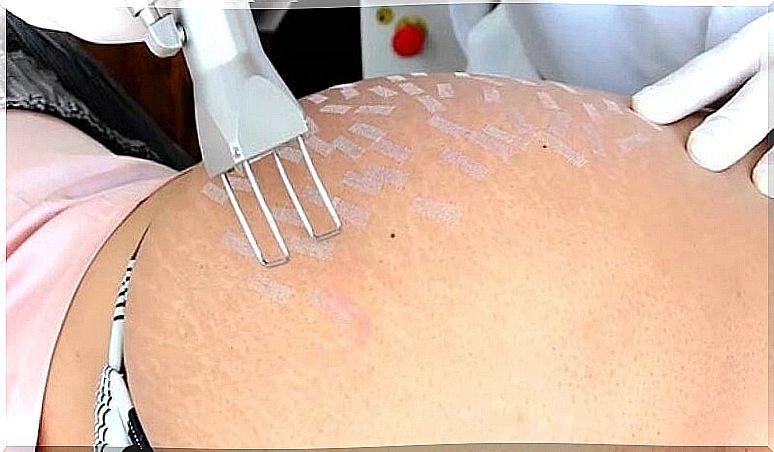
Due to the need to reduce the appearance and appearance of stretch marks, a wide variety of treatments have been developed to combat them.
For this reason, in addition to the many anti-stretch mark creams on the market, people can access therapeutic modalities such as:
- Chemical peels and microdermabrasion.
- Non-ablative laser.
- Ablative lasers.
- Light therapies and radiofrequency devices.
It should be remembered that in addition to all the above, diet and exercise play an important role. These good habits improve the quality of the skin and minimize the proliferation of stretch marks, even in pregnancy.
